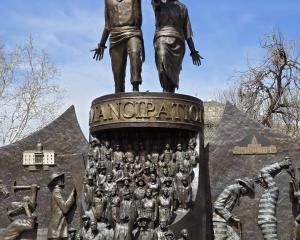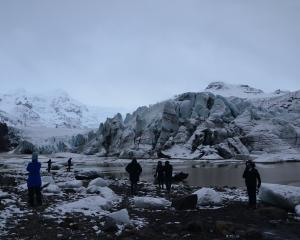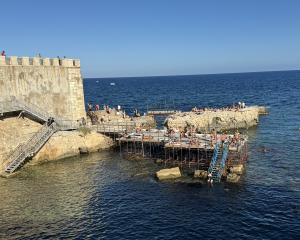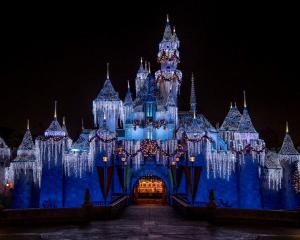
Once, the direct flight from Christchurch to Singapore seemed to be an incredibly long haul but airlines now offer much lengthier legs across the world.
For example, from New Zealand, the flight to Chicago takes almost 18 hours and it’s 16 hours to Dubai, 14 hours to Houston and 11 and a-half hours to Hong Kong or Taipei.
So, if you’re travelling on to Europe, a stopover is a sensible way to arrive refreshed at your final destination.
I was heading to France and chose to fly with Qatar Airways, partly because of their competitive fares — including discounts for over-60s — but mainly to see a little of the Qatari capital, Doha.
The 17-and-a-half-hour flight left Auckland mid-afternoon and arrived at the airline’s hub, Hamad International Airport, at 9.30pm local time.
Despite the facility’s size — it handles more than 35 million passengers a year — entry was smooth, with no long wait for baggage and a speedy, visa-free entry for New Zealand passport holders.
Limo touts in the entrance hall will try to persuade you to use their services but ignore them and head for the taxi rank, as this is a cheaper way to get into the city.
Many drivers prefer cash, so have some Qatari rials to pay. Surprisingly, given the daily flights to Doha, I was unable to get Qatari rials at Auckland airport but there were ATMs at Hamad.

The restaurant offered international and local dishes, including balaleet, made of vermicelli sweetened with sugar, cardamom, rose water and saffron. A delicious breakfast dish, it often is served with the option of omelette and onions on top, which I skipped.

A couple of Arab horses were being ridden through the souk by white-robed men but I was more interested in the falcon centre, where a top-notch bird could set you back $NZ10,000.
An indication of the popularity of falconry is the fact that the souk’s hospital dedicated to treating the birds sees 20,000 avian patients annually.
I spoke to a proud owner holding a "white" falcon he had imported from Afghanistan, one of four birds he owned. Another of his birds had been bred in Iraq, he said.
Behind the falcon hospital are the pens where camels from the Royal Guard are housed and it was a thrill to see a long line of them, ridden by identically dressed men, parading on the lawns in front of the government palace, Amiri Diwan.
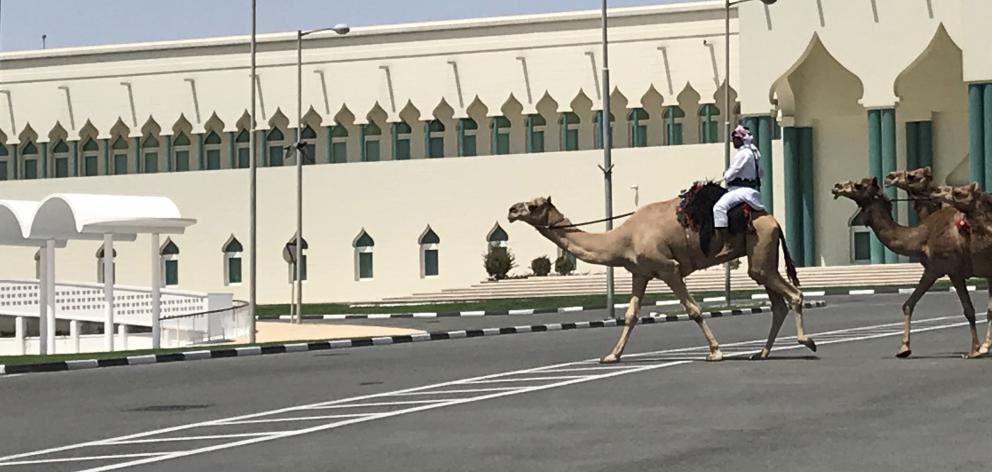
In the far north, Al Zubara fort fitted exactly my idea of a desert stronghold. (Shades of Lawrence of Arabia.) Surprisingly, the fort was built only in 1938.
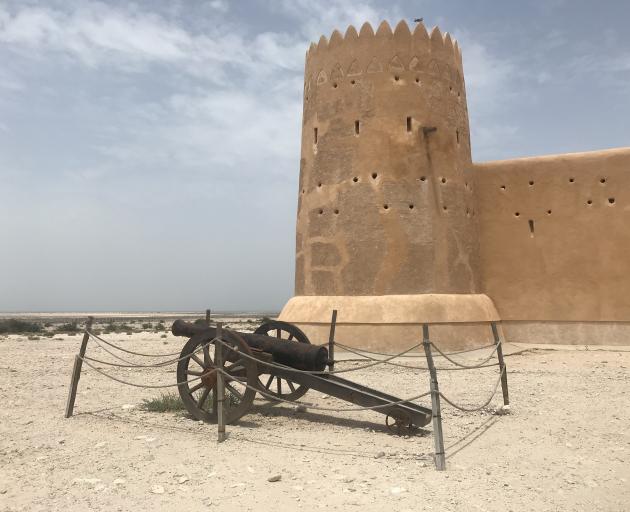
Next time perhaps.
The low-down
— If you’ve only one day in Doha, concentrate on Souq Al Waqif and the national museum. Visit The Pearl on day 2, maybe adding a dhow cruise in the evening, and on day 3 get out into the countryside.
— Qatar’s dress code is fairly casual by Middle Eastern standards but women should opt for modesty with long sleeves, full-length trousers and a headscarf outside Doha.
— Qatar has two seasons. December to March are the coolest months, daytime temperatures ranging from 22°C-27°C. June to August are the hottest, with average temperatures well into the 40s.
— Buy a metro pass, which costs less than $NZ3 a day for easy travelling around in air-conditioned comfort.
— Be careful when booking organised trips. Itineraries tend to be inflexible and most operators quote prices in US dollars, with very high individual prices if the vehicle doesn’t have its full complement of passengers (usually four).



